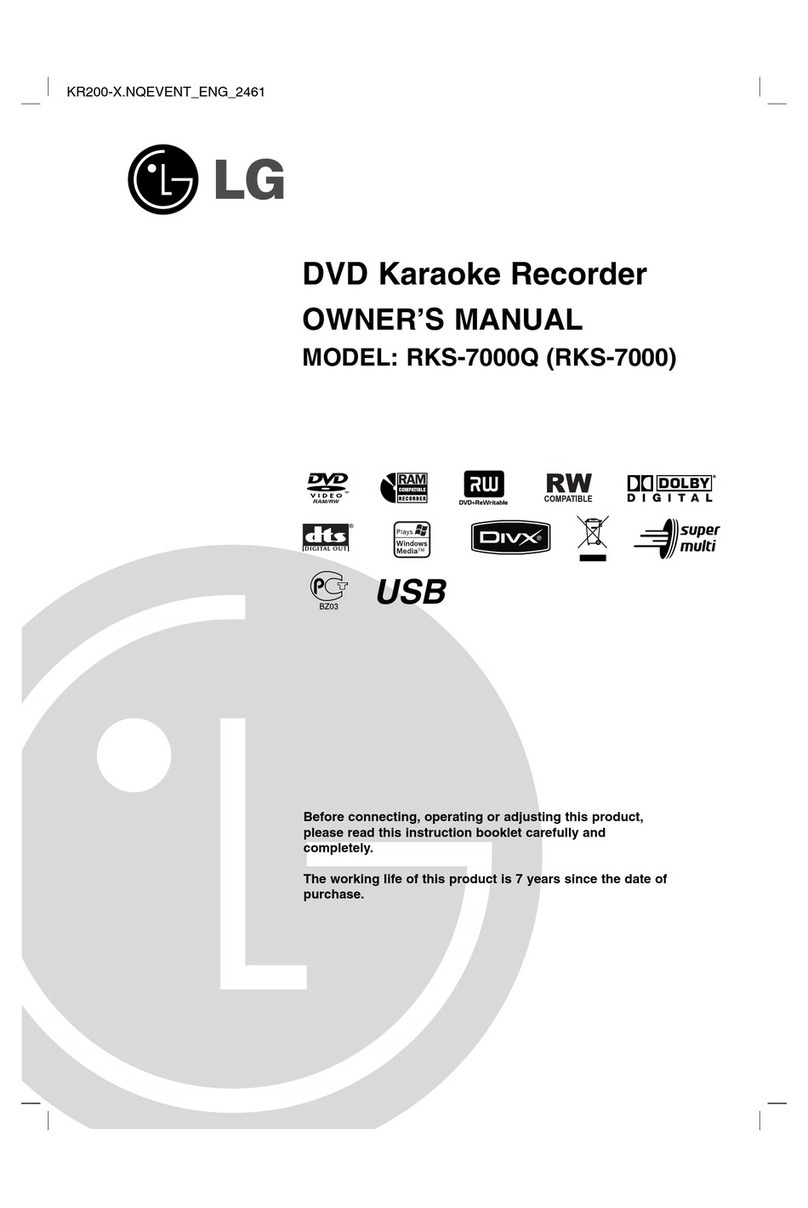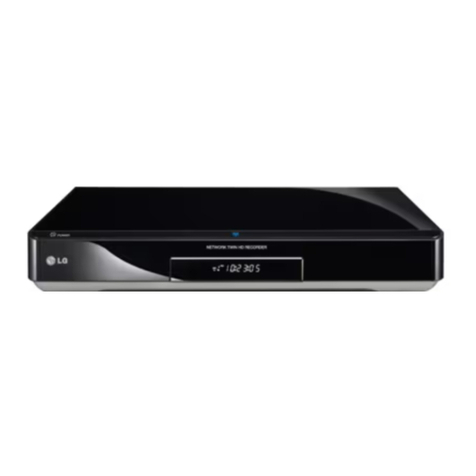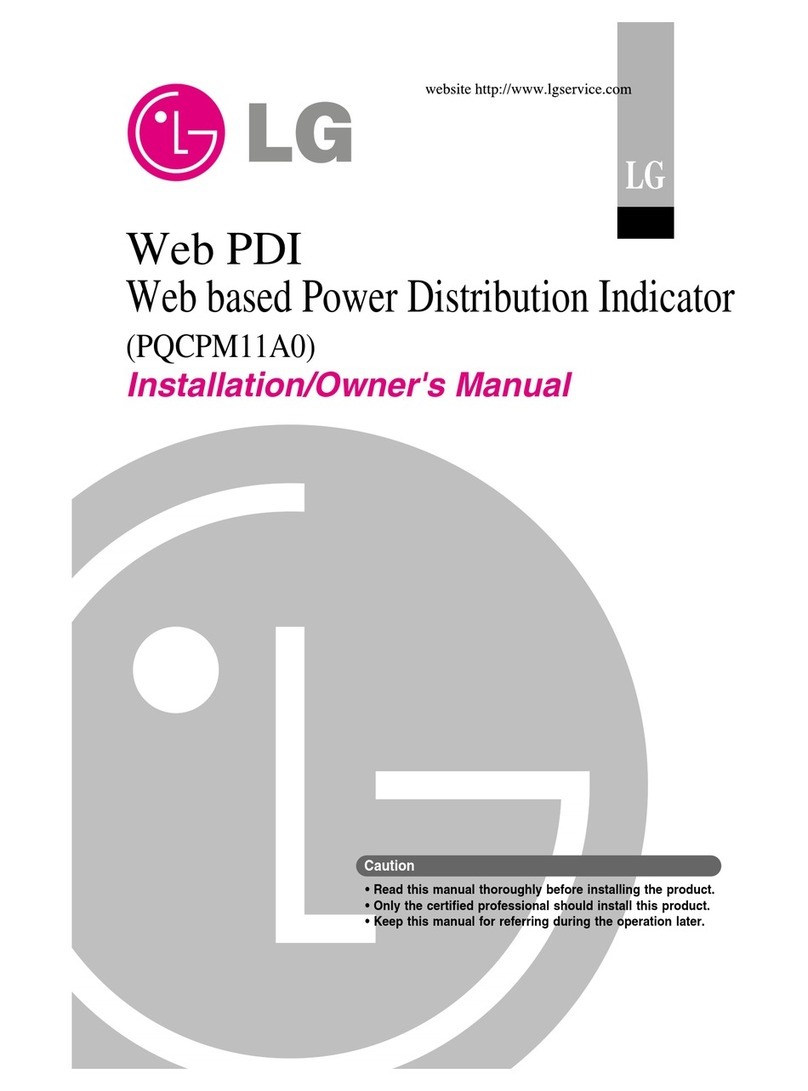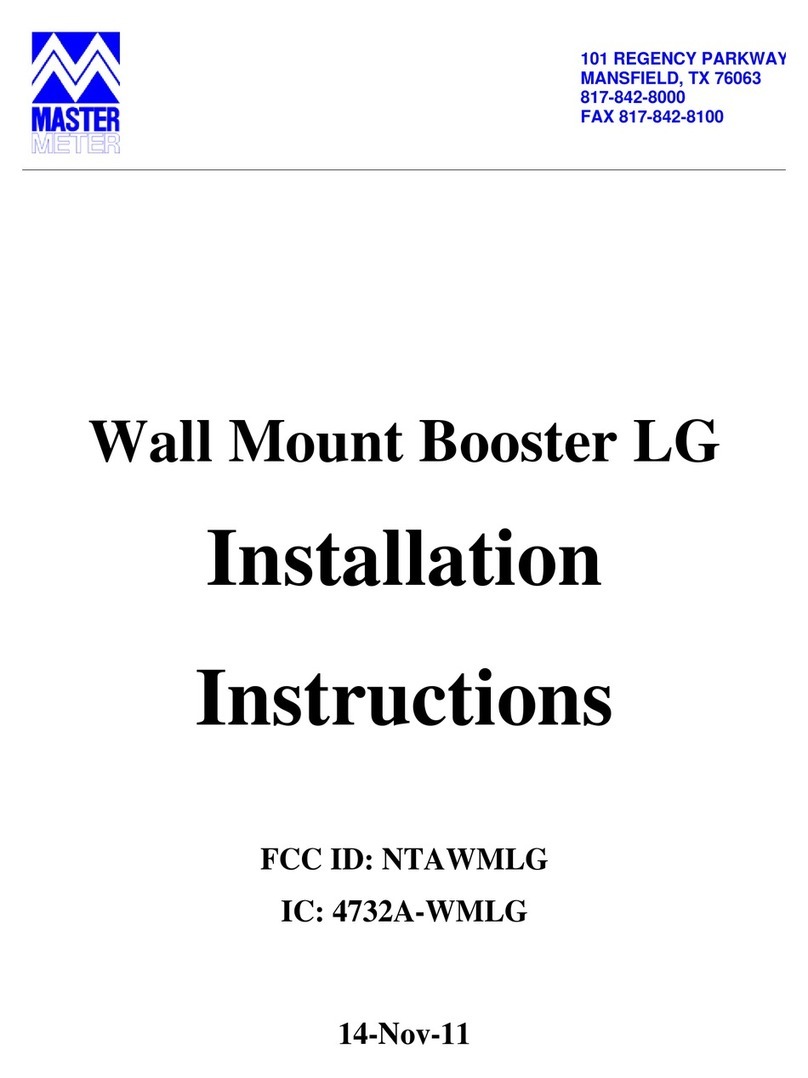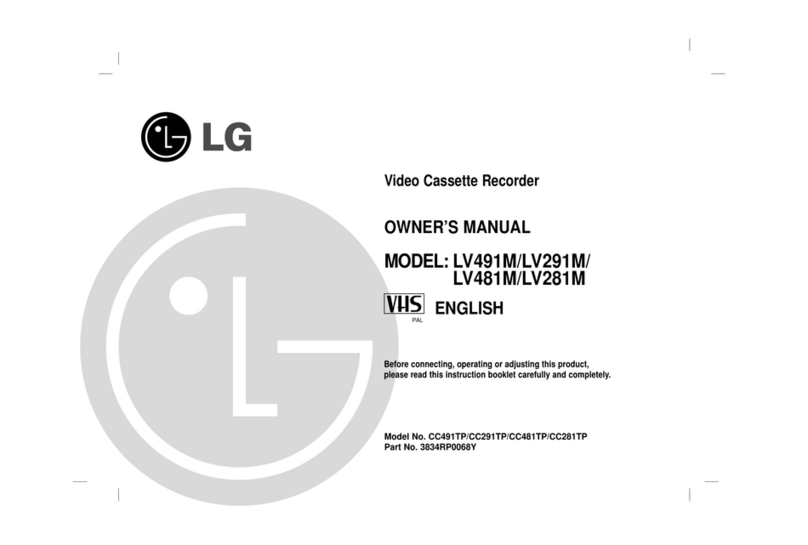3-13-1
SECTION 3
ELECTRICAL
CONTENTS
OVERALL WIRING DIAGRAM..............................3-2
VCR PART
ELECTRICAL ADJUSTMENT
PROCEDURES............................................................3-3
VCR ELECTRICAL TROUBLESHOOTING
GUIDE.............................................................................3-4
1. POWER(SMPS) CIRCUIT .......................................3-4
2. SYSTEM/KEY CIRCUIT ..........................................3-7
3. SERVO CIRCUIT ...................................................3--8
4. OSD CIRCUIT .......................................................3-10
5. Y/C CIRCUIT..........................................................3-11
6. TUNER/IF CIRCUIT...............................................3-15
7. Hi-Fi CIRCUIT........................................................3-17
BLOCK DIAGRAMS................................................3-20
1. POWER(SMPS) BLOCK DIAGRAM......................3-20
2. TUNER/MTZ BLOCK DIAGRAM...........................3-22
3. Y/C BLOCK DIAGRAM..........................................3-24
4. NORMAL AUDIO BLOCK DIAGRAM ....................3-26
5. JACK BLOCK DIAGRAM ......................................3-28
6. Hi-Fi BLOCK DIAGRAM ........................................3-30
7. SYSTEM BLOCK DIAGRAM.................................3-32
CIRCUIT DIAGRAMS..............................................3-34
1. POWER(SMPS) CIRCUIT DIAGRAM ...................3-34
2. TU/IF CIRCUIT DIAGRAM ....................................3-36
3. A/V CIRCUIT DIAGRAM........................................3-38
4. JACK CIRCUIT DIAGRAM ....................................3-40
5. Hi-Fi CIRCUIT DIAGRAM......................................3-42
6. SYSTEM CIRCUIT DIAGRAM...............................3-44
7. TIMER CIRCUIT DIAGRAM ..................................3-46
• WAVEFORMS .........................................................3-48
• CIRCUIT VOLTAGE CHART ...................................3-50
PRINTED CIRCUIT DIAGRAMS.........................3-52
1. VCR P.C.BOARD...................................................3-52
2. POWER P.C.BOARD ............................................3-54
3. TIMER P.C.BOARD ..............................................3-54
4. KEY P.C.BOARD ..................................................3-56
5. JACK P.C.BOARD ................................................3-57
VDR PART
ELECTRICAL TROUBLESHOOTING
GUIDE & WAVEFORMS ........................................3-58
1. POWER(SMPS) CIRCUIT .....................................3-58
BLOCK DIAGRAMS................................................3-65
1. VDR MAIN H/ W BLOCK DIAGRAM.....................3-65
2. POWER BLOCK DIAGRAM ..................................3-66
3. AUDIO IN/ OUT BLOCK DIAGRAM ......................3-67
4. CPU & CONTROL REGISTER
BLOCK DIAGRAM.................................................3-68
5. VIDEO IN/ OUT BLOCK DIAGRAM ......................3-69
CIRCUIT DIAGRAMS..............................................3-70
1. E5_BGA, POWER, UART2 CIRCUIT DIAGRAM..3-70
2. DDR_SDRAM, FLASH CIRCUIT DIAGRAM.........3-72
3. RST. CONTROL/STATUS_REG/ATAPI,
HOST_CPLD/LATCH CIRCUIT DIAGRAM ...........3-74
4. 1394, ETHERNET_CONNECTOR
CIRCUIT DIAGRAM ..............................................3-76
5. VIDEO_IN/OUT CIRCUIT DIAGRAM ....................3-78
6. AUDIO IN/OUT, NON-STD_VIDEO
CIRCUIT DIAGRAM ..............................................3-80
7. AUDIO DAC, VIDEO_Y/MIXER
CIRCUIT DIAGRAM ..............................................3-82
8. FRONT A/V, 1934 JACK CIRCUIT DIAGRAM ......3-84
• WAVEFORMS .........................................................3-86
• CIRCUIT VOLTAGE CHART ...................................3-90
PRINTED CIRCUIT DIAGRAMS.........................3-94
1. VCR P.C.BOARD(TOP VIEW)...............................3-94
2. POWER P.C.BOARD (BOTTOM VIEW)................3-96
RL-01A LOADER PART
ELECTRICAL TROUBLESHOOTING
GUIDE...........................................................................3-98
BLOCK DIAGRAMS & DESCRIPTION ..........3-112
1. OVERALL BLOCK DIAGRAM .............................3-112
2. MAJOR IC INTERNAL BLOCK DIAGRAM AND
PIN DESCRIPTION .............................................3-113
3. MAJOR IC INTERNAL BLOCK DIAGRAM AND
PIN DESCRIPTION .............................................3-118
4. IC302(UPD76F0047):MICOM..............................3-127
WAVEFORMS ..........................................................3-131
1. POWER & RESET SIGNAL ................................3-131
2. MAIN CLOCK1 FOR IC202 (16.9MHZ)...............3-131
3. MAIN CLOCK2 FOR IC302 (20MHZ)..................3-132
4. SDRAM CLOCK ..................................................3-132
5. TRAY OPEN/CLOSE SIGNAL 1..........................3-133
6. TRAY OPEN/CLOSE SIGNAL 2..........................3-133
7. SLED MOVE SIGNAL 1.......................................3-134
8. SLED MOVE SIGNAL 2.......................................3-134
9. FOCUS SEARCH SIGNAL..................................3-135
10. LASER TURN ON SIGNAL ...............................3-135
11. DISC TYPE JUDGEMENT WAVEFORM
(CD SERIES) .....................................................3-136
12. DISC TYPE JUDGEMENT WAVEFORM
(CD&CD-R)........................................................3-136
13. DISC TYPE JUDGEMENT WAVEFORM
(CD-RW) ............................................................3-137
14. DISC TYPE JUDGEMENT WAVEFORM
(DVD SERIES)...................................................3-137
15. DISC TYPE JUDGEMENT WAVEFORM
(DVD_SINGLE&R).............................................3-138
16. DISC TYPE JUDGEMENT WAVEFORM
(DVD _DUAL) ....................................................3-138
17. DISC TYPE JUDGEMENT WAVEFORM
(DVDRW) ...........................................................3-139
18. SPINDLE WAVEFORM1....................................3-139
19. SPINDLE WAVEFORM2....................................3-140
20. FOCUS ON SIGNAL(CD)..................................3-140
21. FOCUS ON SIGNAL(CD)..................................3-141
22. FOCUS ON SIGNAL(DVD)................................3-141
23. FOCUS ON SIGNAL (DVD)...............................3-142
24. TRACK OFF SIGNAL(CD).................................3-142
25. TRACK OFF SIGNAL(DVD) ..............................3-143
26. TILT DRIVER SIGNAL(DISC READING) ..........3-143
27. RF WAVEFORM(DVD) ......................................3-144
28. RF WAVEFORM(CD).........................................3-144
29. WOBBLE(DVD-R/RW)_READING ....................3-145
30. WOBBLE(DVD+R/RW)_READING&WRITING
=>X1 SPEED....................................................3-145
31. LD ENABLE(DVD) .............................................3-146
32. LD ENABLE(CD) ...............................................3-146
33. LASER POWER(READING)_DVD+RW............3-147
34. LASER POWER(ERASE)_DVD+RW ................3-147
35. LASER POWER(WRITING)_INITIAL STATE ....3-148
36. LASER POWER(WRITING)_PROCESSING ....3-148
CIRCUIT DIAGRAMS............................................3-149
1. RF CIRCUIT DIAGRAM .....................................3-149
2. DSP CIRCUIT DIAGRAM ....................................3-151
3. µ-COM CIRCUIT DIAGRAM................................3-153
PRINTED CIRCUIT DIAGRAMS.......................3-155
1. MAIN P.C.BOARD(TOP SIDE) ............................3-155












